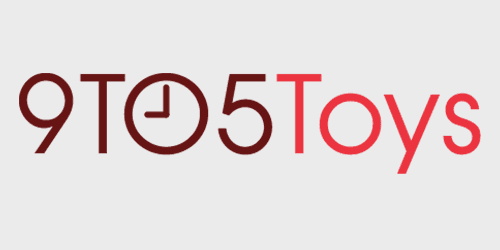
As part of its Technology Day showcase, Sony unleashed a next-generation prototype of an 8K VR headset. With dual OLED displays in tow, this technology might very well end up inside of a PlayStation virtual reality rig sometime down the line, as well as catering to host other applications in the medical, industrial, and entertainment industries. With a focus on a super high-resolution experience, it is also looking to mitigate motion sickness some gamers experience with these sorts of headsets, among many other things. Head below for a closer look.
Sony’s 8K VR headset prototype:
We know Sony is hard at work with the next-generation PlayStation VR headset with an expected launch sometime after 2021 at this point, not to mention already getting a good look at the new Orb controllers that will come with it. But the new prototype on display for Sony Technology Day might give us a bit of glimpse into the future of the brand’s gaming-centric experience in generations or updates to come thereafter.
The new 8K VR headset prototype makes use of a pair of 4K displays – one for each eye. Leveraging low-latency technology throughout, Sony says this new setup will make for a more realistic and comfortable experience that should help to lessen some of the motion sickness associated with the VR experience. This is done by way of higher-resolution (or less dots) in the OLED microdisplays the prototype is equipped with:

This is a virtual reality (VR) head-mounted display (HMD) that projects a high-definition 3D space and achieves a high-resolution of 4K with one eye and 8K with both eyes. High image quality is achieved through multi-pixel and miniaturization using fine processing and advanced packaging technology cultivated through the development and manufacture of CMOS image sensors, and Organic Light Emitting Diode (OLED) microdisplay using device and circuit technology cultivated through the development of displays. The processing time is reduced by decreasing the amount of latency throughout the entire system thanks to the integration of data from multiple sensors. The person watching in VR can experience high-definition images in real time according to the movement of his/her head.
9to5Toys’ Take:
I personally know folks that just can’t use some of the currently available VR headsets due to motion sickness and nausea, so anything that might help the cause is welcome. While it’s hard to imagine much (if any) of this technology directly making its way into the upcoming next-generation PlayStation VR headset, it’s nice to know that Sony is on top of this and might very well have already begun integrating some of these ideas into the headset presumably about to be un-sheathed sometime in 2022.
Source: Kotaku
FTC: We use income earning auto affiliate links. More.






Comments